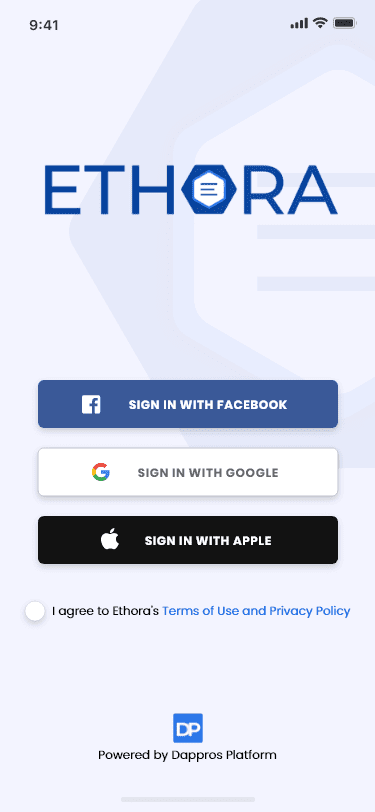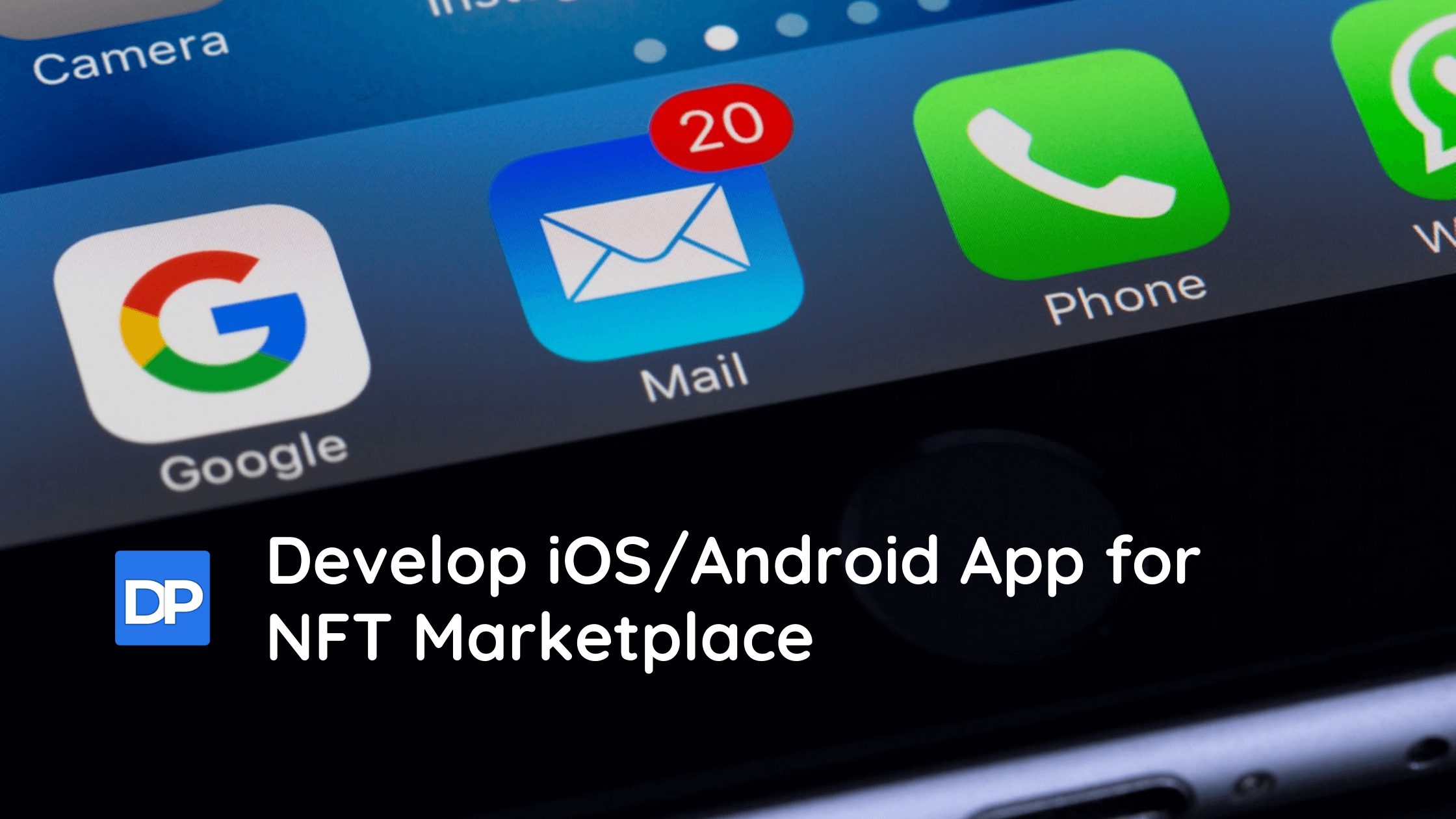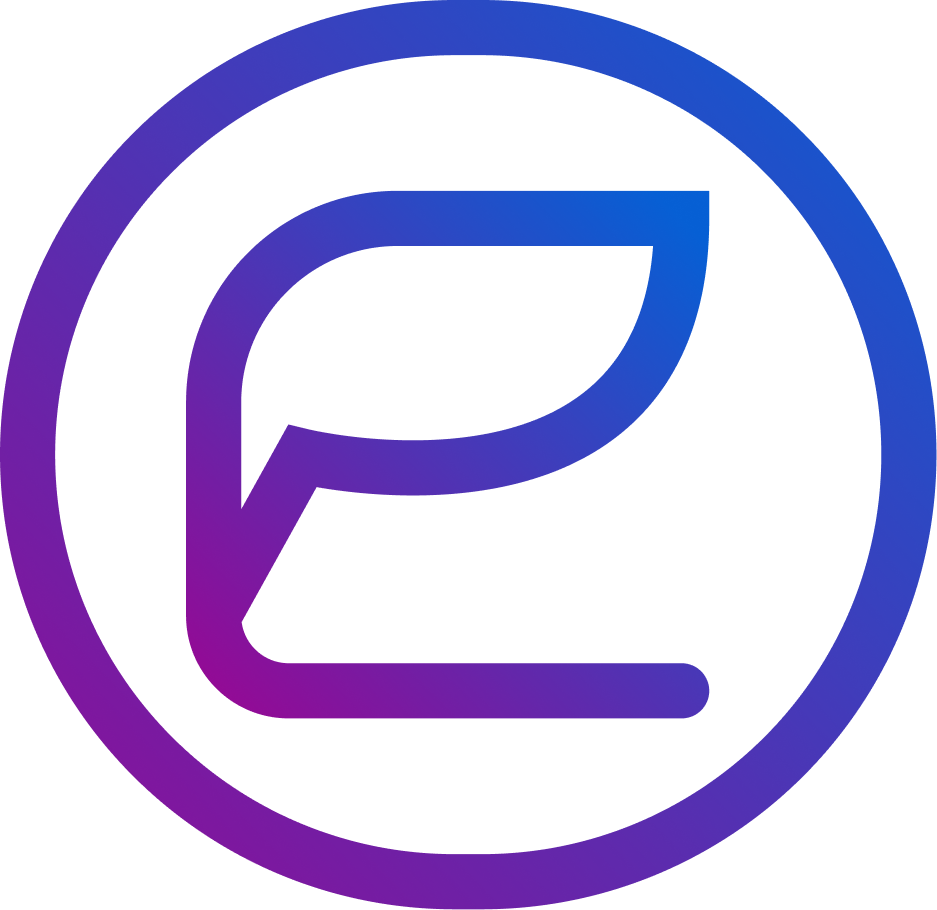The NFT marketplace and wallet app business is booming. Traders, investors, and philanthropists rush to invest in NFTs that creative and talented creators mint. However, the industry has room to grow/develop, and it’s the right space where you can invest your efforts, talent, and problem-solving skills.
This article will explain the technical aspects of developing such an app in a simple language. Also, you will know about the robust Ethora engine to build NFT-centric crypto communities, messaging apps, marketplace, and wallets.
A Robust Creator Economy of NFTs Need a Powerful iOS/Android App
Creators can directly deal with the traders and investors bypassing the ad agencies or third-party antiquities sellers. To do so, they need a digital platform to meet the investors. Your NFT marketplace and wallet app will play a key role in keeping this creator economy afloat along with the billion-dollar NFT industry.
Creators will now need a powerful NFT app that can cater to all the needs from minting to profit realization more than ever. There are many big players like OpenSea, Rarible, CryptoSlam, AtomicMarket, and so on. However, creators still complain about several issues.
You can grab the NFT marketplace and wallet app market quickly if you can facilitate a smoother experience at a reasonable price. There are many improvement opportunities since the NFT industry deals in billions of dollars.
How to Develop An NFT App for iOS/Android Devices
You can penetrate deep into the NFT economy through a successful NFT marketplace app. An NFT marketplace should take care of the basic requirements, and these are:
- Signing up, branding, and creating a wallet for the user.
- Configuring an NFT creation and submitting the minting order to a dedicated blockchain network.
- It should also feature an NFT item collection board, NFT sorting/filtering, etc.
- NFT bidding and transaction of cryptocurrencies.
To develop the above services, you need to go through an elaborate project for NFT marketplace development. The project might include the following points:
1. UI/UX Design
The app design phase is highly crucial. You need to include designs for user interface (UI) and user experience (UX) wisely to attract and keep creators on your platform.
You can get inspiration from successful NFT marketplaces which are operating with huge creators, traders, and investors. However, your app’s success will depend on uniqueness. If you copy the UI/UX from an existing app, the creators may not want to switch to your app.
2. Smart Contract Token Generator
You need to include smart contracts in your NFT marketplace for authentication and minting purposes. Different creators like to use different blockchains, but mostly Ethereum is the most popular among all NFT compatible blockchains. ERC-721 is the widely accepted token standard for minting NFTs on the Ethereum blockchain.
3. In-App Services
The in-app services are important considerations for a successful NFT-powered iOS/Android app. NFT creators smartly pick the right platform.
You should offer innovative services that creators won’t get from OpenSea or Rarible. However, you need to keep the following services to be competitive:
A Storefront Dashboard: A section, preferably the home screen, should offer a 360 degrees view of the global NFT economy. It should show high-value NFT pricing, top creators, valuable bids, collectible previews, and short transaction history.
NFT Search Option: Include a search box for the NFTs. You may also want to include advanced search fields. You should want that the investors can easily find the NFT they are looking for.
Bidding Screen: Your iOS/Android NFT marketplace should also provide a bidding section. It should contain a running ticker that will promote the ongoing bidding of NFTs.
Create and Configure NFTs: This section is highly crucial. Your NFT creation and configuration screen should be quite simple. Don’t include technical jargon and if you need to do so, provide explanations so that you can create a transparent marketplace for the creators.
Rating and Review: In today’s open economy, everyone looks for feedback from experienced users. Therefore, it’d be wiser to include ratings and reviews sections for NFTs, creators, investors, and so on.
4. App Development
Now your project should move to the development phase. You may choose React Native for the app development process as it’s efficient and cost-effective.
You can also get an app for both iOS and Android devices if you start the development on React Native. React Native helps you offer personalized services to businesses or individual users.
5. Testing and Deploying the App
Once you have a minimum viable product or MVP, it’s time to test the app. Put the app in a robust testing environment to identify crucial bugs. You can also create a virtual community of select users for the testing phase.
The app development project should simultaneously include the user feedback and twerk the app through the Agile software development process. Ensure that you also test the app against hacking attacks to patch loops that pose security risks.
There are a couple of vital steps in developing a robust iOS/Android app for the NFT marketplace. Many businesses always complain that in-house app development is costly and time-consuming. Therefore, you can rely on expert NFT-powered app developers like Dappros as it has one of the best crypto app development engines, the Ethora engine.
How to Develop An NFT Wallet App for iOS/Android Devices
You can either include an NFT wallet in your NFT marketplace or develop a separate app. The NFT wallet should be a versatile cryptocurrency wallet that can store crypto-assets like ETH, UDT, BTC, TRX, etc., as well as NFT-tokens like ERC-1155, ERC-721, TRC-721, BEP-721, and so on.
For a successful NFT wallet, keep the following bullet-points in mind:
1. Wallet Type
You need to choose which type of NFT wallet app you want to make. There are several options like web wallets, mobile apps, desktop wallets, and hardware wallets. Since mobile devices have better market penetration than others, it’s wiser to pick iOS/Android apps as the first choice.
2. Security System
An NFT app will store cryptocurrencies and NFT-tokens in digital format. Thus, this app will be the hot target for any hackers who want to earn easy money.
You need to include stringent security systems without annoying the user. For the signup, offer a KYC form so that you can know with whom you’re dealing. Once the account is up and running, the user should get security features like 2-factor authentication, mnemonic phrase of twelve words, SS encryption for data transfer, and so on.
3. UI/UX Design
Pick a template for the mobile app and work with the designers to come up with a prototype. If you feel the mockup is satisfying, continue to develop.
4. Selecting the Tech Stack
You’ll need to rely on several software development environments and tools for the technical programming of your NFT app. You need to use some or all from the following list:
- Ethereum or Binance Chani as the wallet blockchain.
- Multiple token standards for versatility: ERC1155, ERC721, BEP-1155, BEP-721, etc.
- BSC or Ethereum virtual machine for running smart contracts.
- JAVA, Laravel, or PHP as the programming language.
- Android/iOS development using Kotlin, Swift, or React Native.
- Cloud services like Google Cloud or AWS.
- MongoDB or MySQL for database building.
5. Programming the App
In this phase of NFT-powered Android/iOS app development, developers from different niches like frontend, backend, blockchain, and mobile app will work together to code the actual software.
6. Testing and Deployment
Once the developers finalize an MVP, app quality testers can begin rigorous testing. The testing tasks should include functionality, usability, safety, privacy protection, security, and so on. You should also operate the prototype app in different workloads to understand how the app will behave on the first day of deployment.
You should strategically plan the deployment. You could offer soft deployment to select pre-registered or high-value investors at the beginning rather than global deployment. Then, according to the trend of sign-ups, you can scale up the cloud infrastructure to take your app to global users.
Ethora Engine for NFT-Powered iOS/Android App Development

So far, you may have understood that there is a lot to manage to lead a project on NFT app development for Android or iOS. If you need to invest so much time and money in developing your NFT marketplace or wallet app, you might lag in the competition.
Ethora engine from Dappros is the appropriate solution for you. You can let our expert React Native developers create an NFT-powered app as per your own specifications. Ethora is a “low-code” or “no-code” platform and you can incorporate this as is.
This app development engine also supports rigorous customizations so that you can brand your app just like your business website. Other developing platforms might easily consume 4 to 6 months of expensive working hours of software engineers, which is costly.
Through using low code app engines such as Ethora you can have your web3 / wallet mobile app running within 2 to 3 days. Read notes further below regarding the low code and no code assisted apps development.
Learn more: how to develop your mobile apps with low code and no code. No-code and ‘low code’ are important trends that allow businesses, startups and individual developers to quickly build an MVP or a production application with significantly reduced time and costs investments. The flourishing of no code and low code has been further enabled through maturing of cross-platform technology stacks such as React Native and Flutter on the smartphone apps development front and further progress towards responsive and progressive web apps in web development via Javascript, HTML/CSS, frameworks such as React.js, Material UI etc. Dappros are authors and developers of “Ethora web3 social wallet” engine, but there are many more out there in the market, many of them including ours available open source with a generous free tier infrastructure or self host options.
Low-code and nocode templates for web3 mobile apps: Did you know there are plenty of React Native, Flutter, Swift, Android Java, Javascript and React.js low-code engines and nocode tools allowing you to build your mobile web3 project even faster? Check our “Nocode, low-code web3 tools” category to learn more and find yourself some useful templates or inspirations from the existing codebases.
Need help with your low code build? Dappros is a leading mobile apps and Blockchain Development company. We have successfully delivered numerous commercial blockchain projects with a focus on mobile app and web clients. Prior to that we have developed hundreds of iOS/Android native and cross platform applications, some even featured by Apple in their TV ads! Most importantly, we are the authors of Ethora social wallet engine built in React Native (mobile version) and React.js (web version). We will be happy to help you using a low-code engine, building from scratch or simply coaching your developers in regards to best practices of web3 and low code product development. Contact us to find out more.


